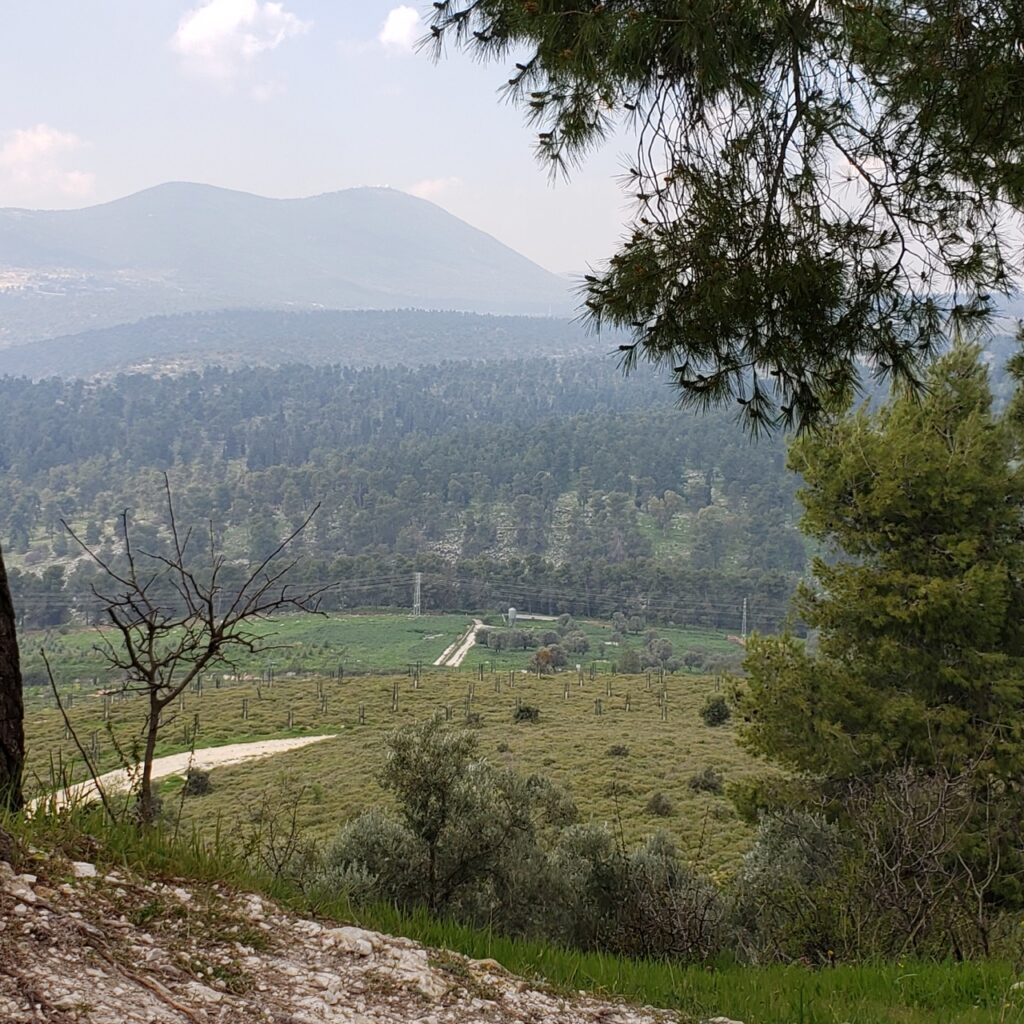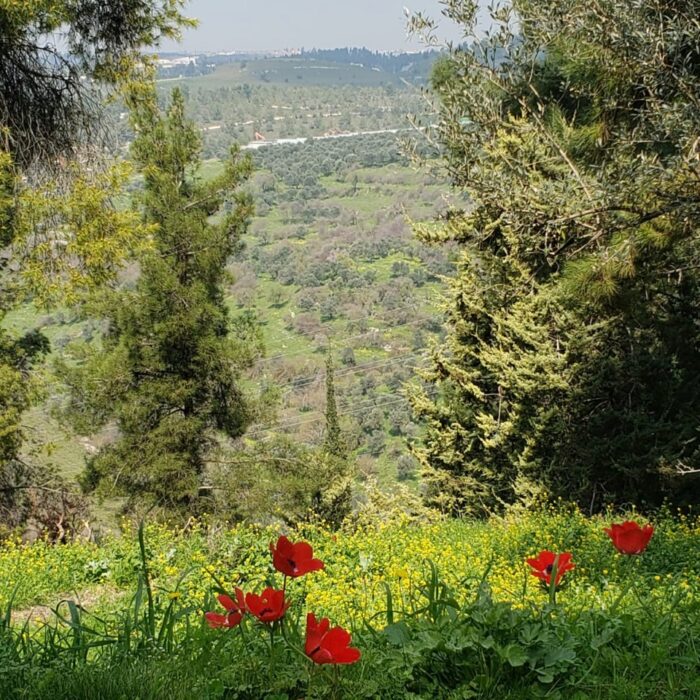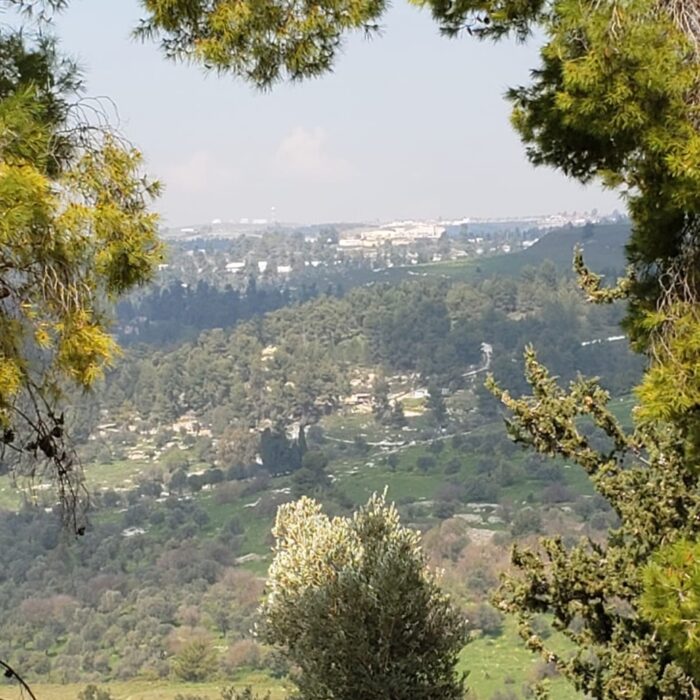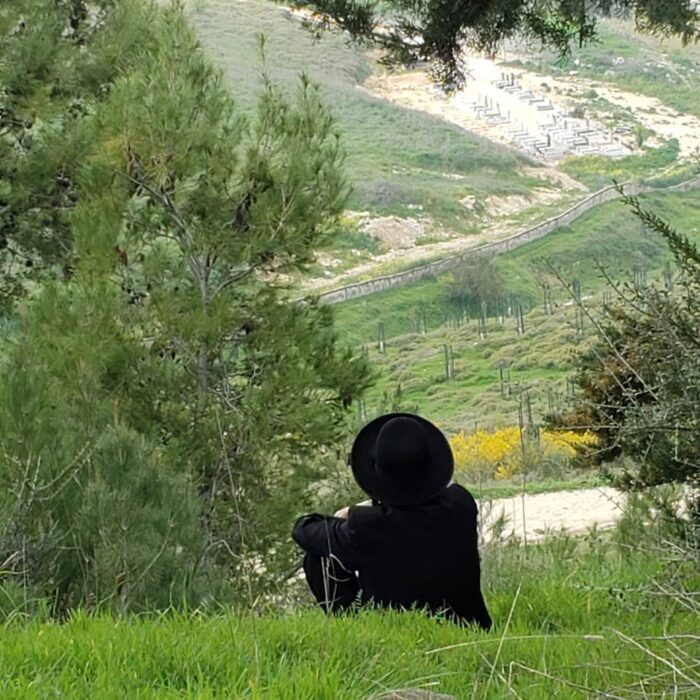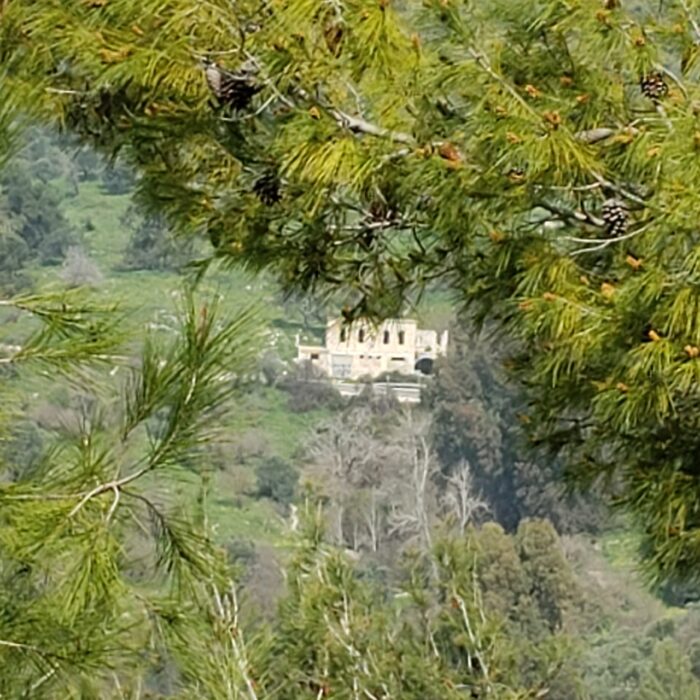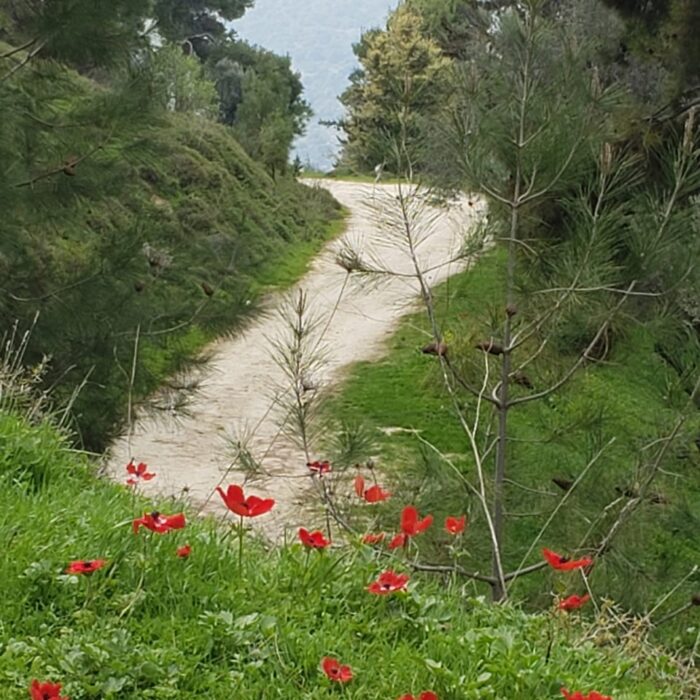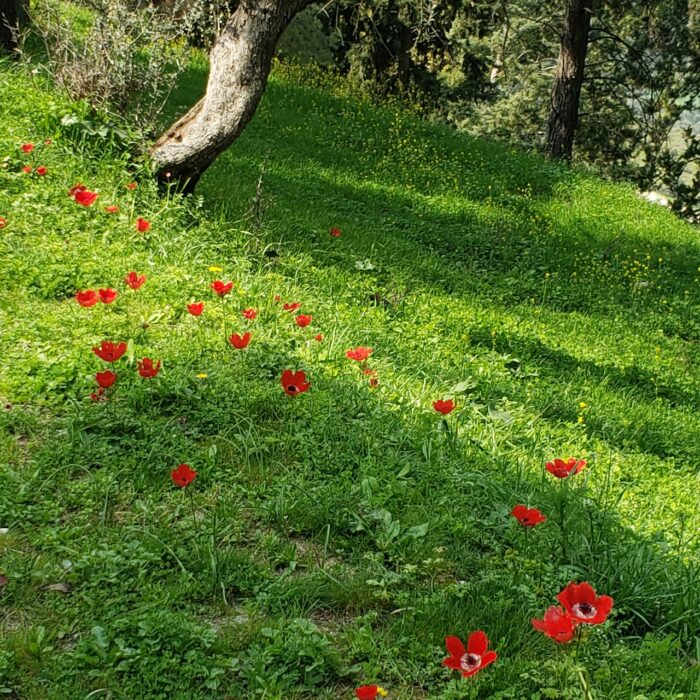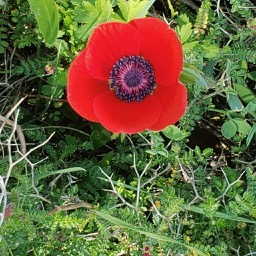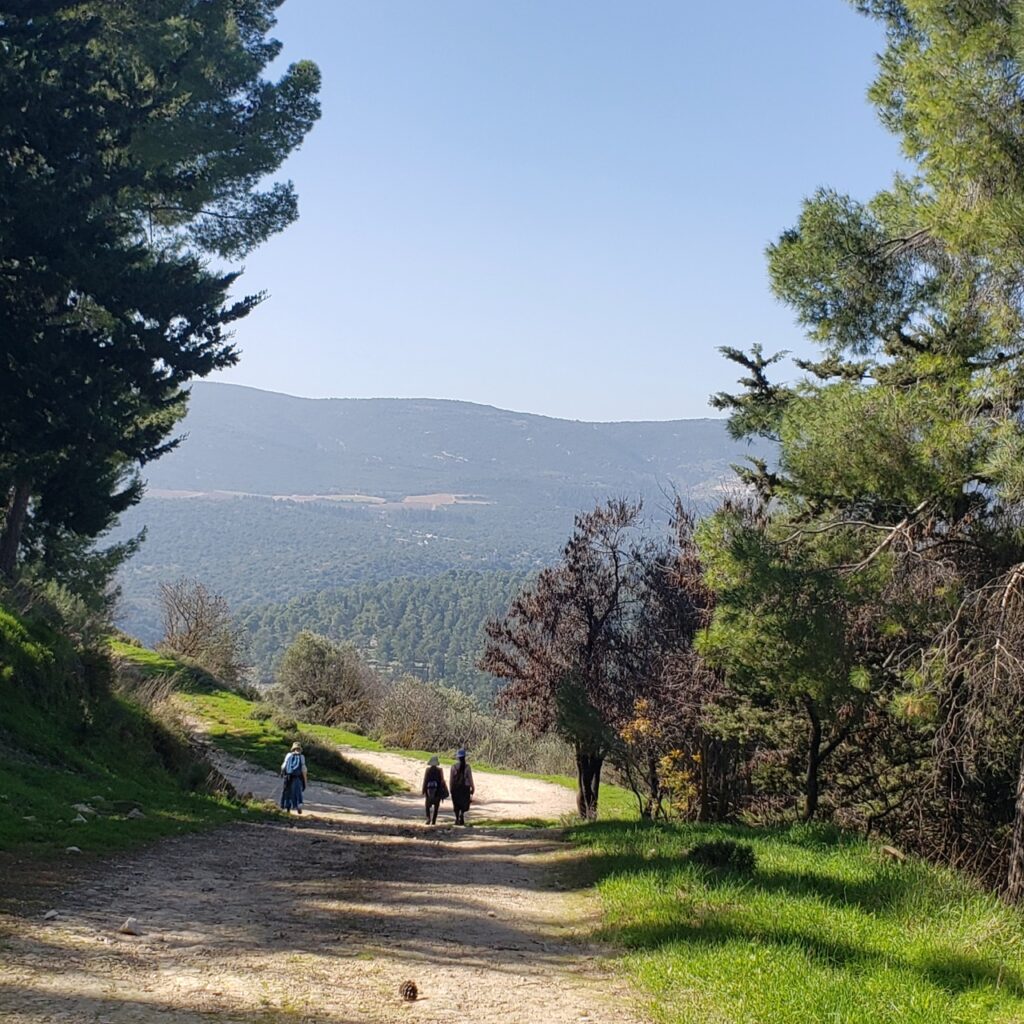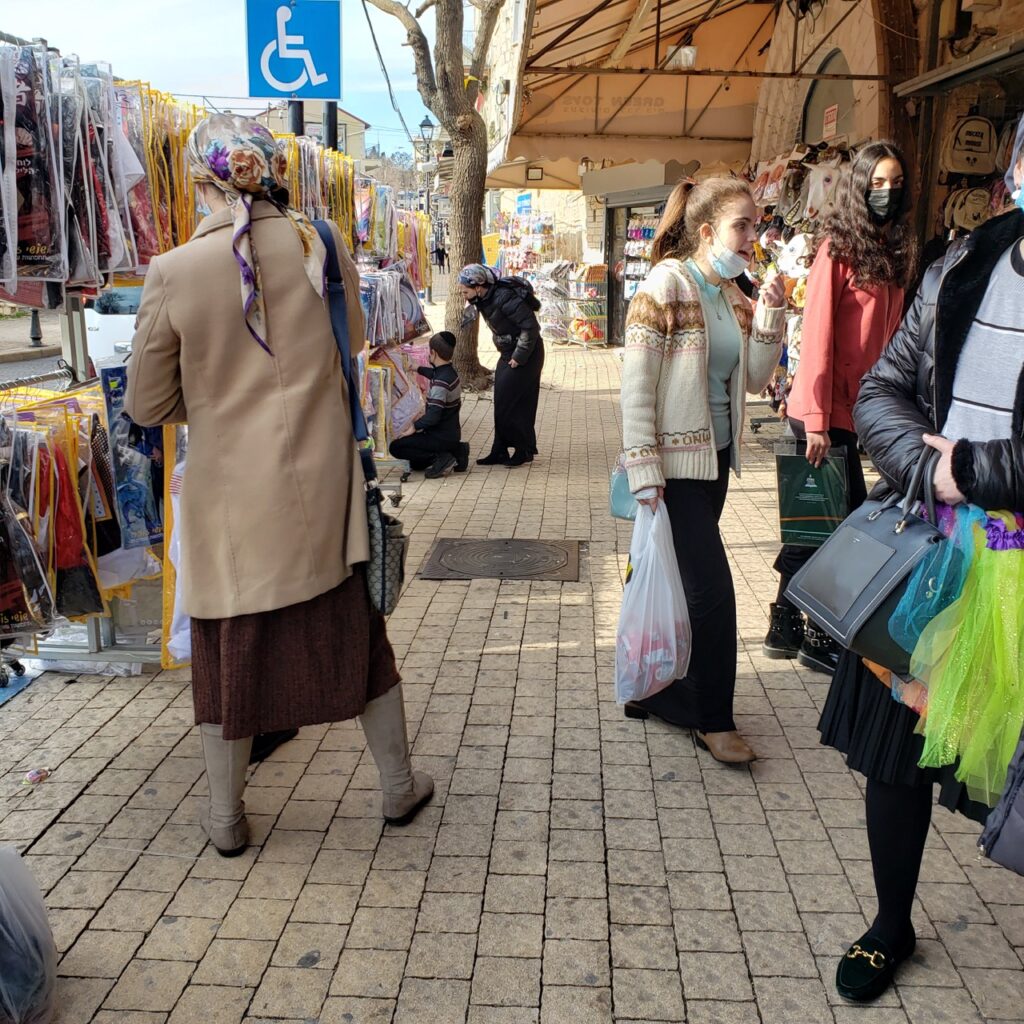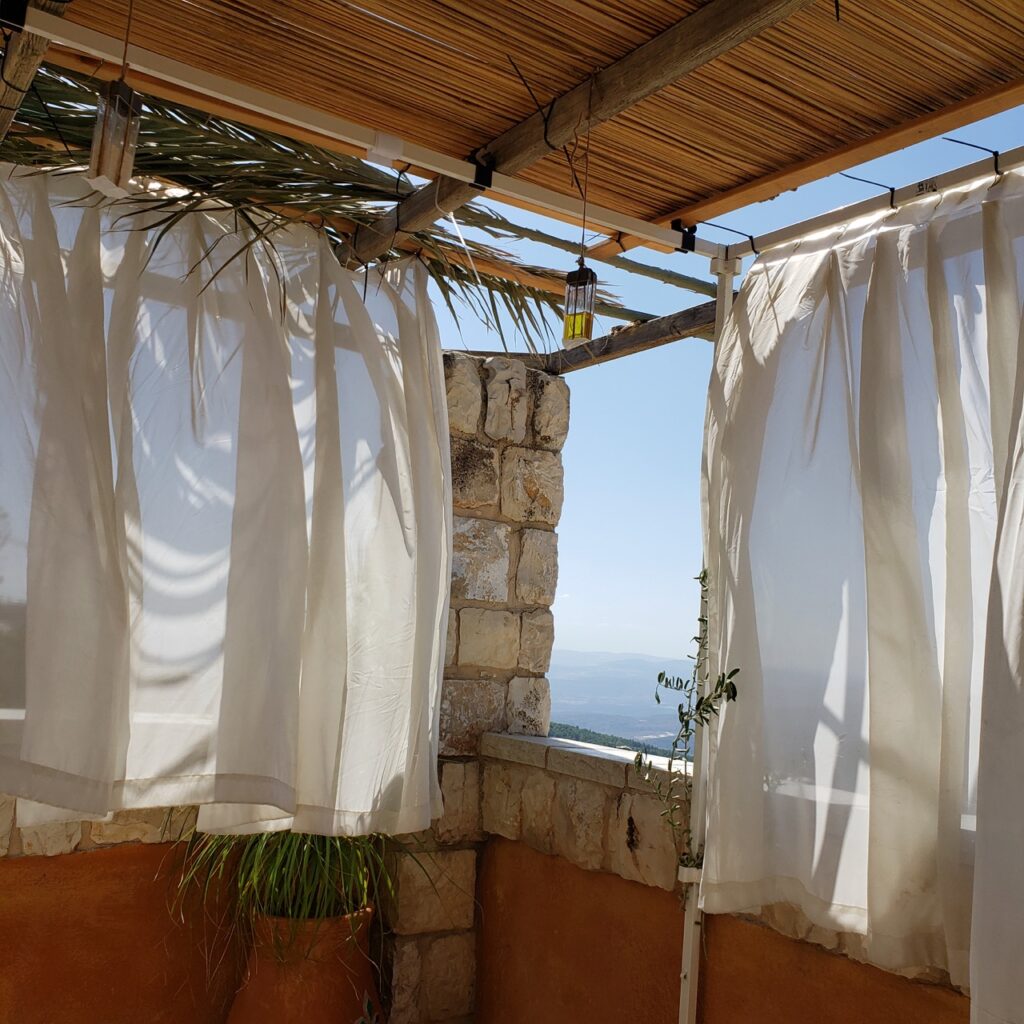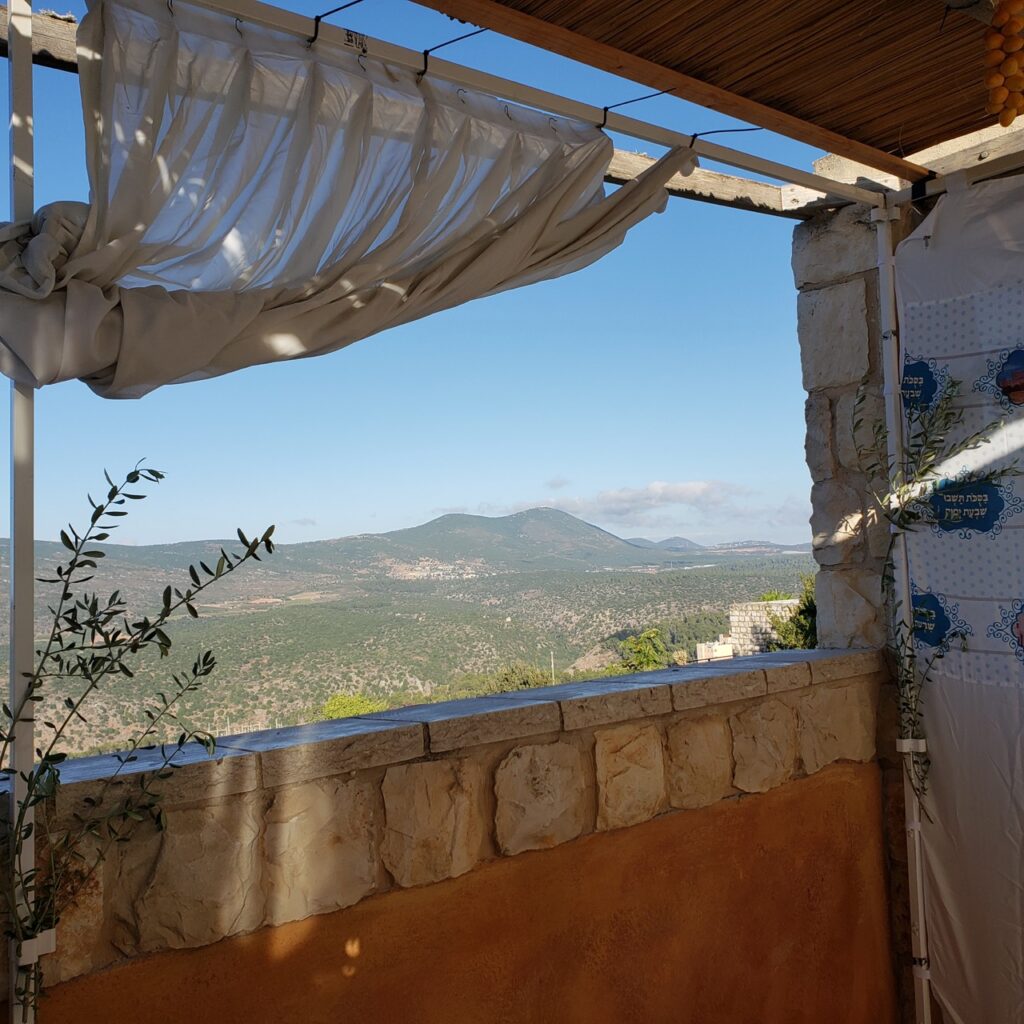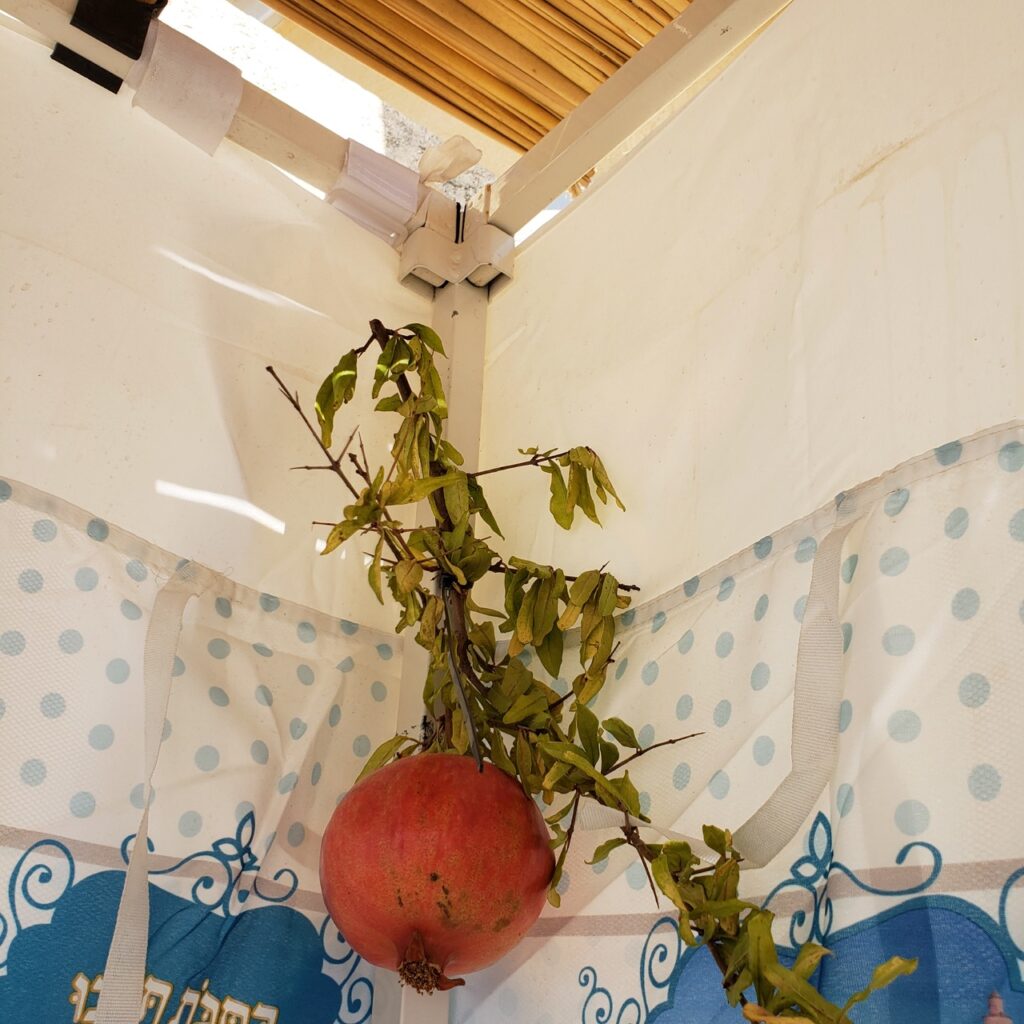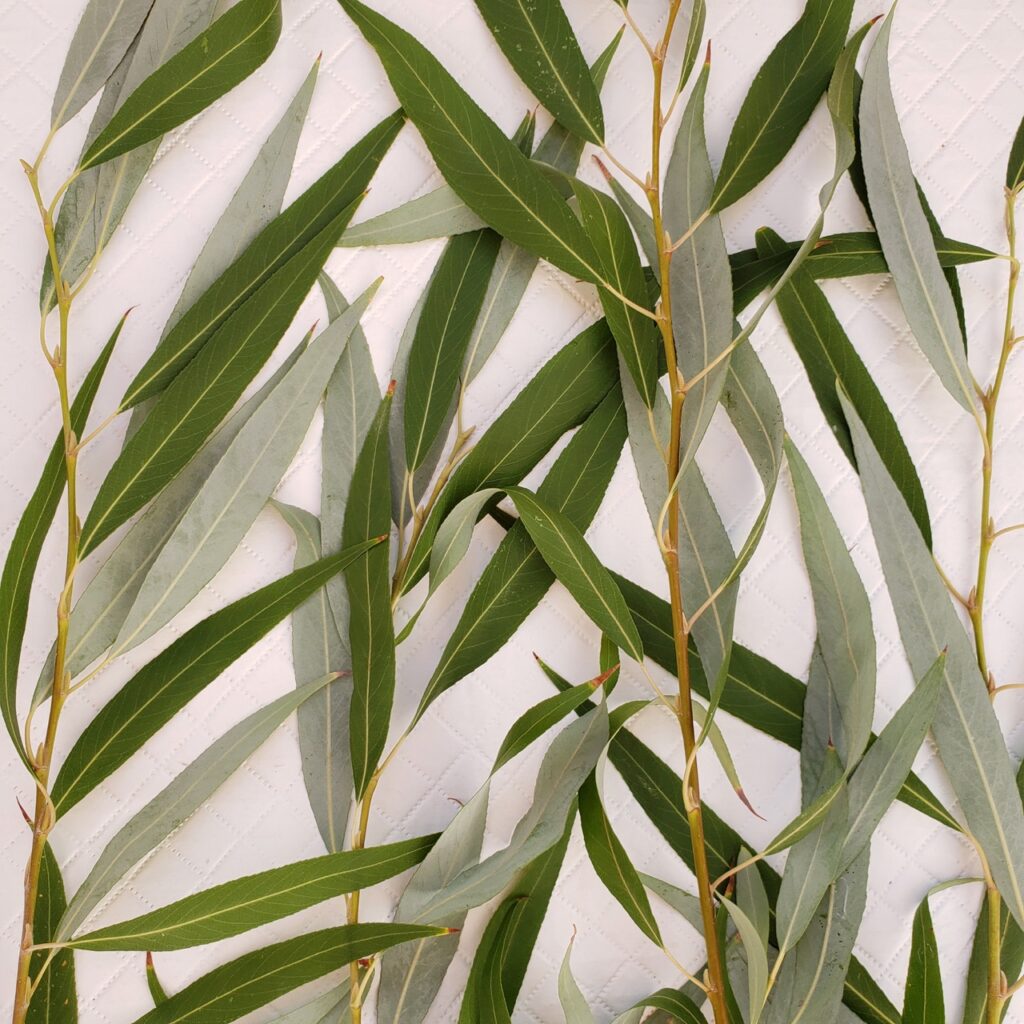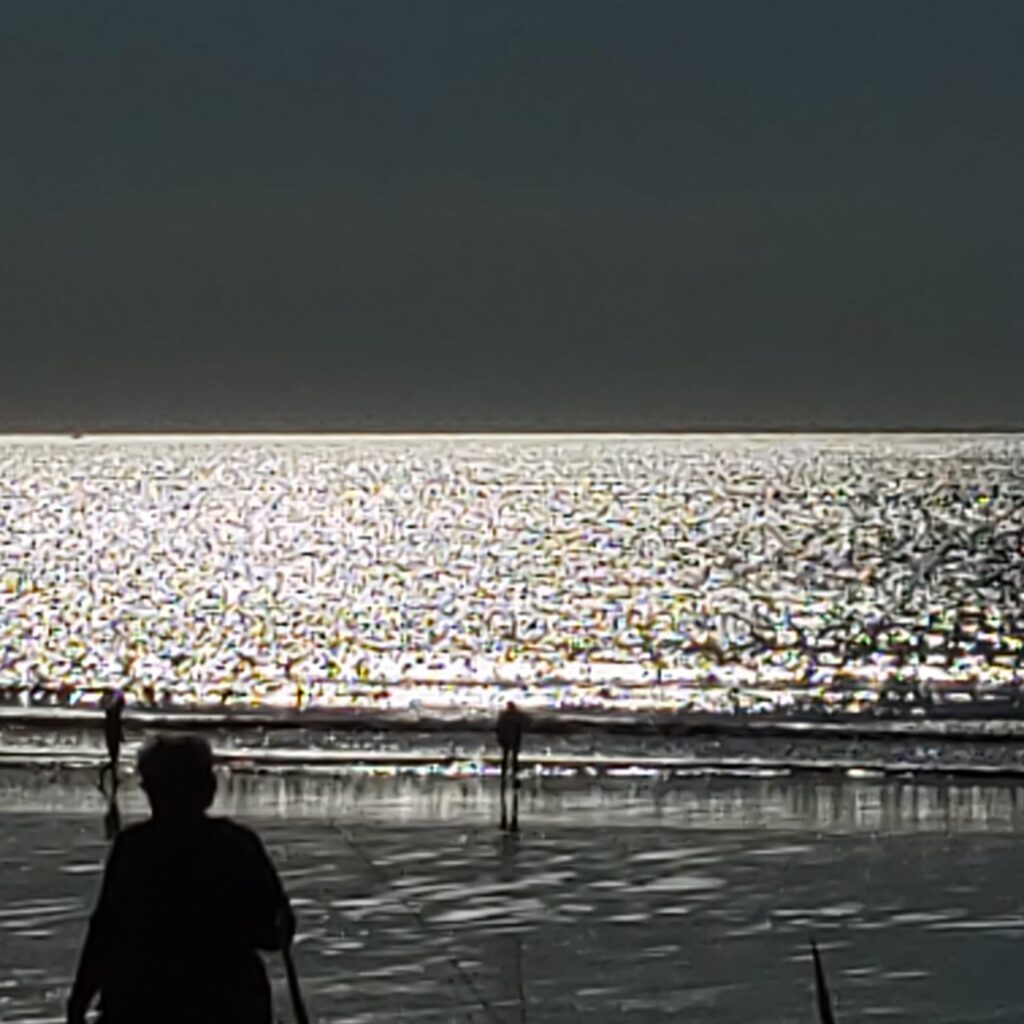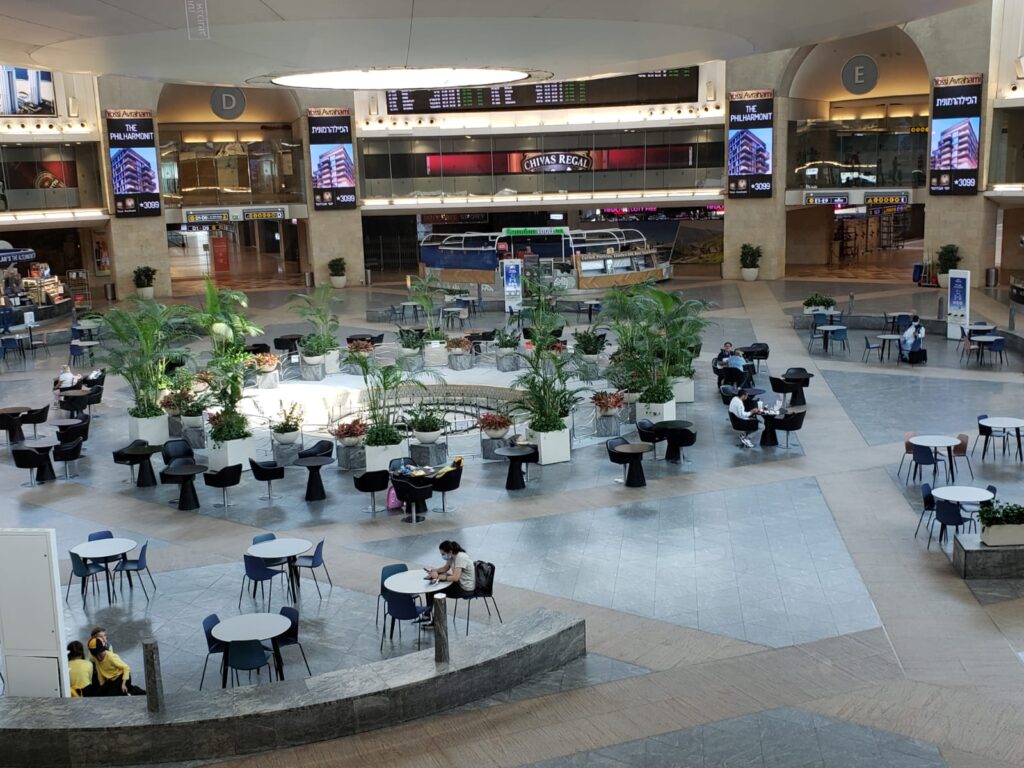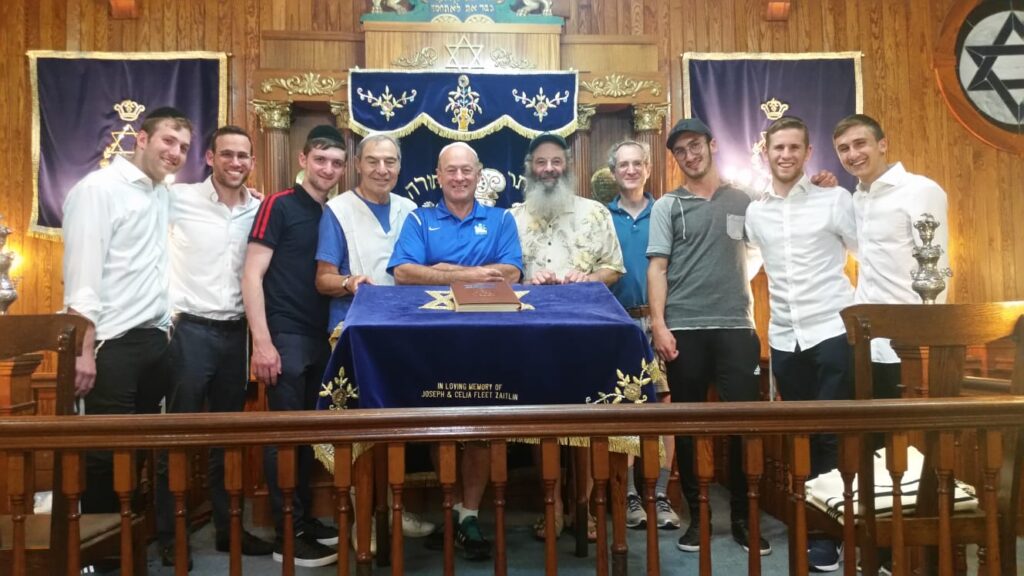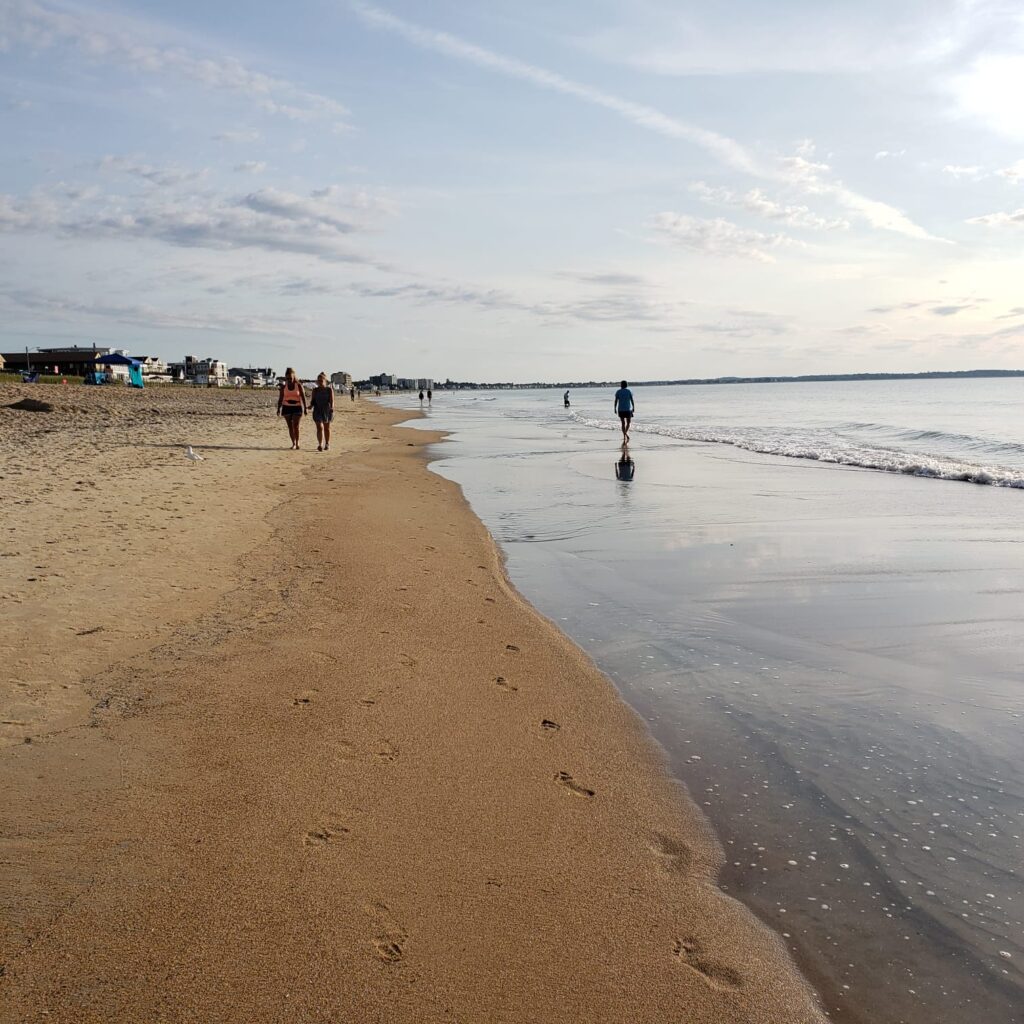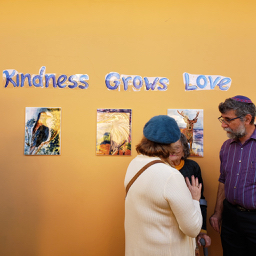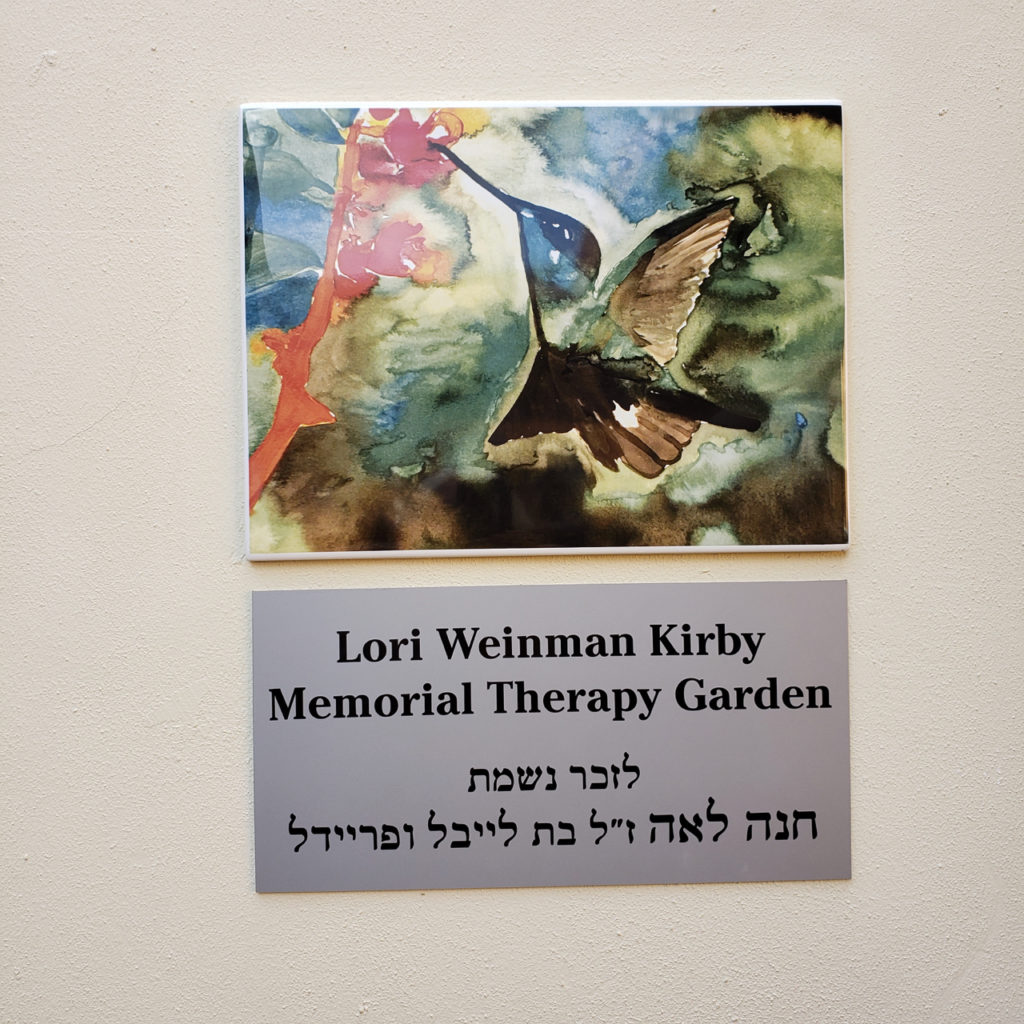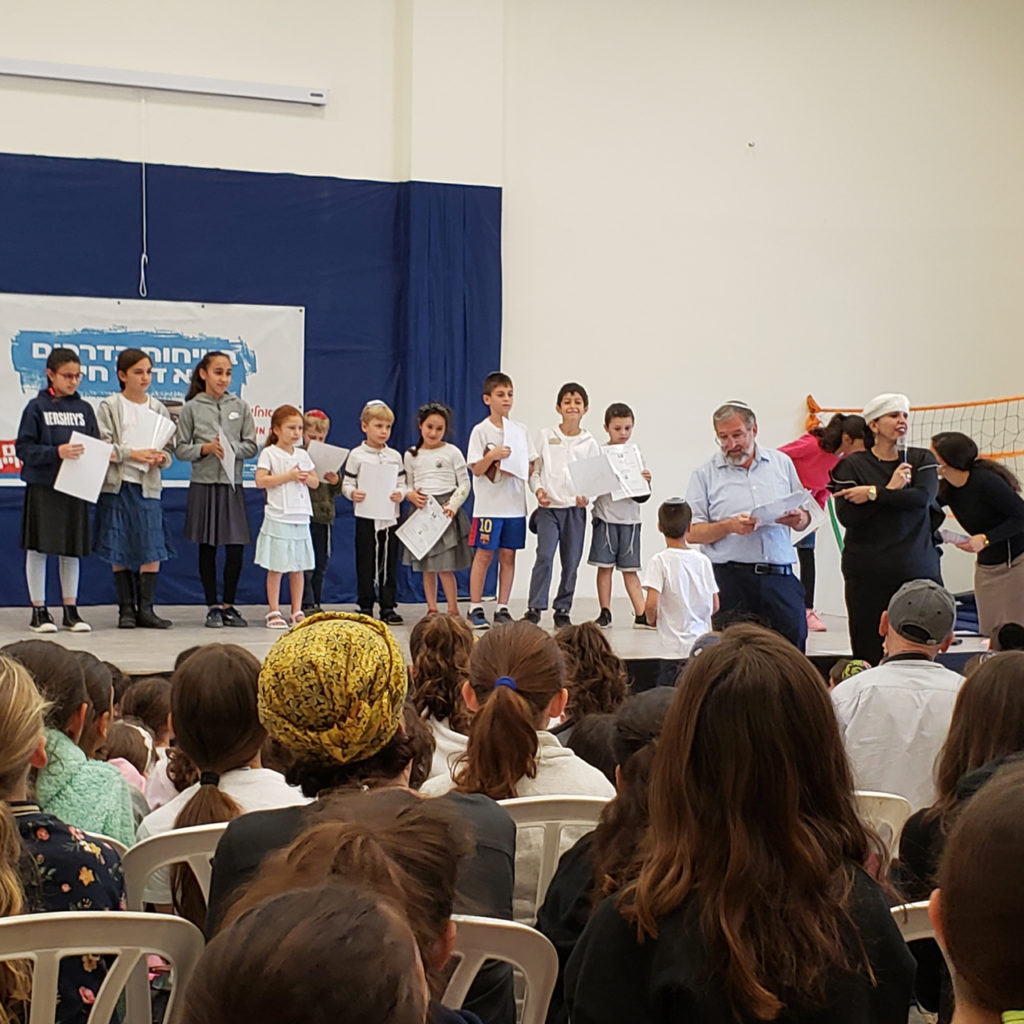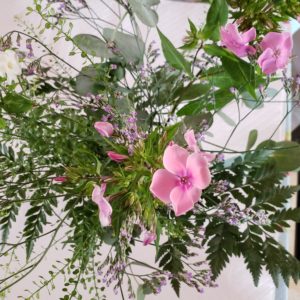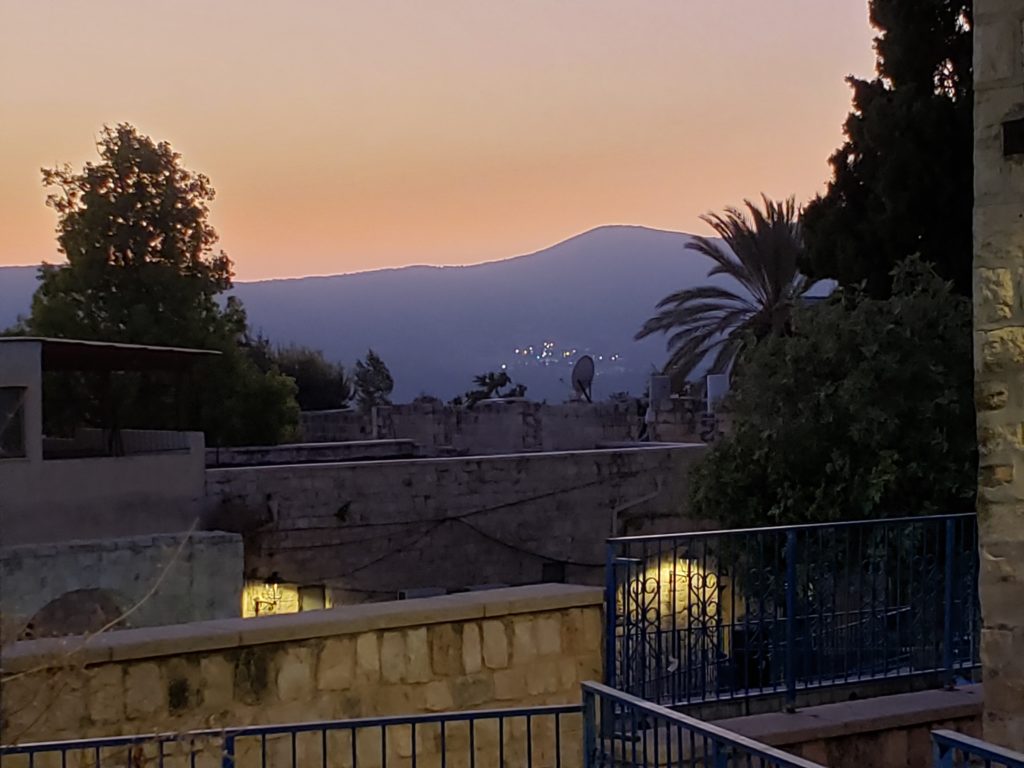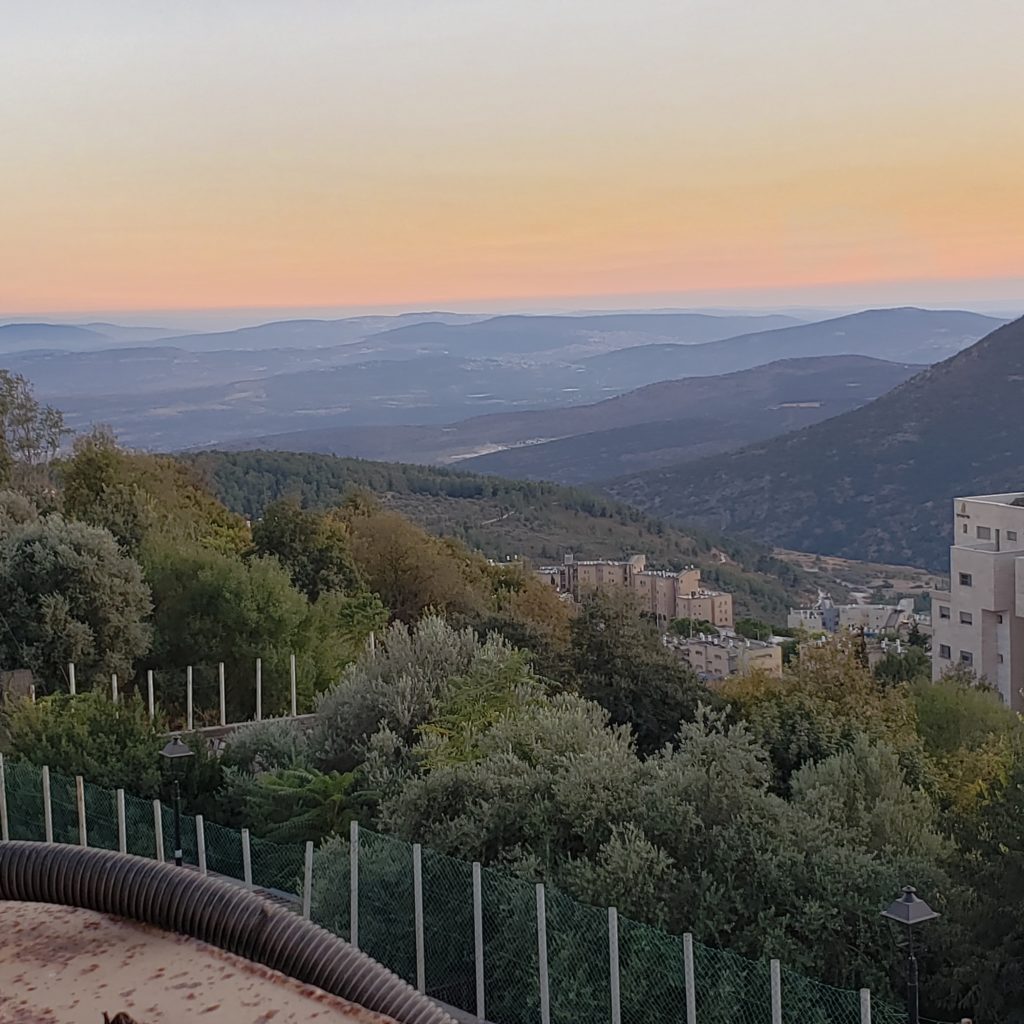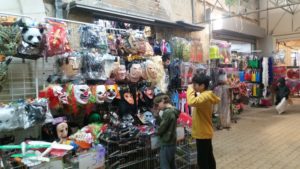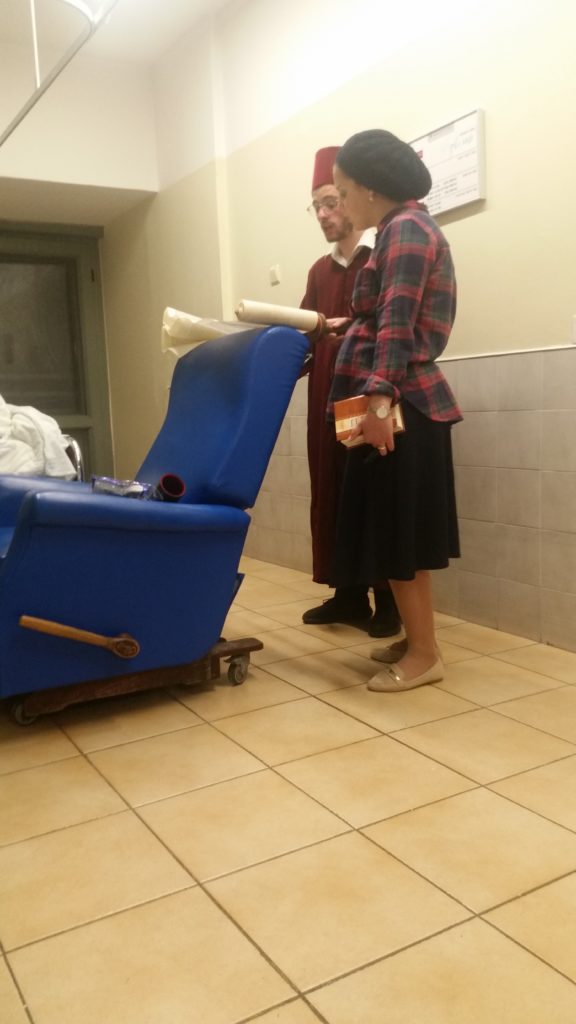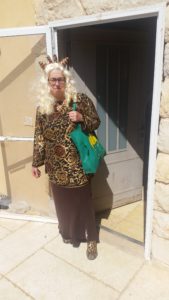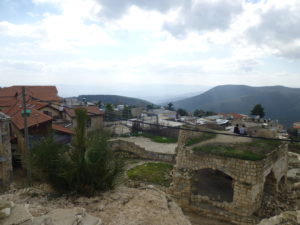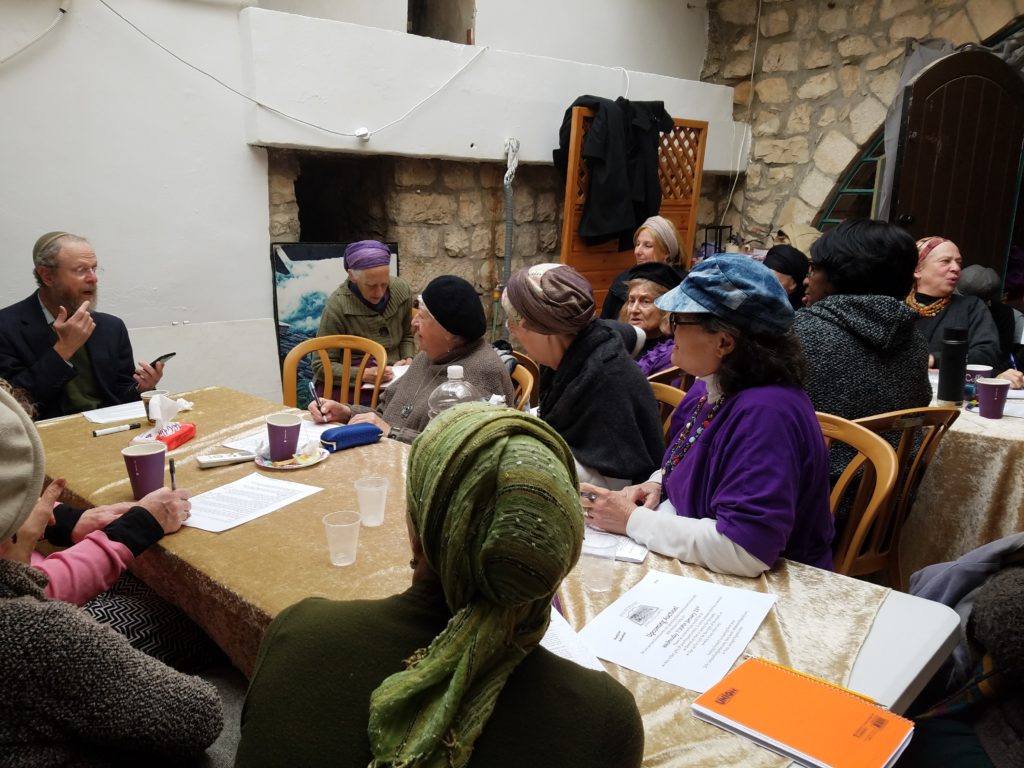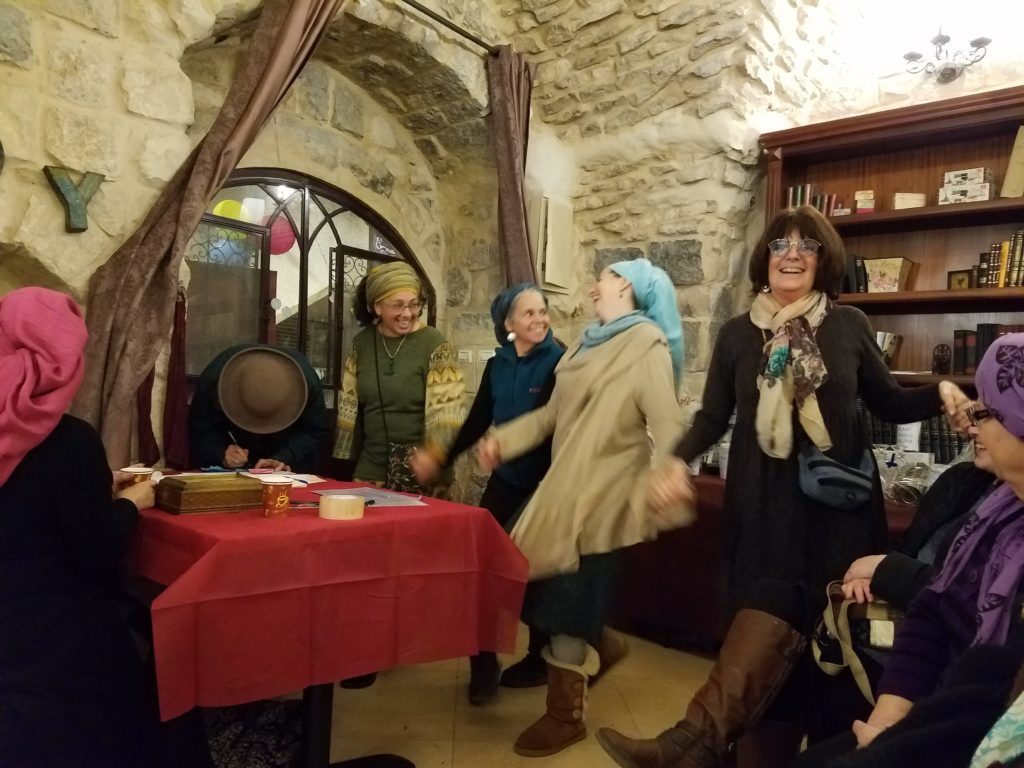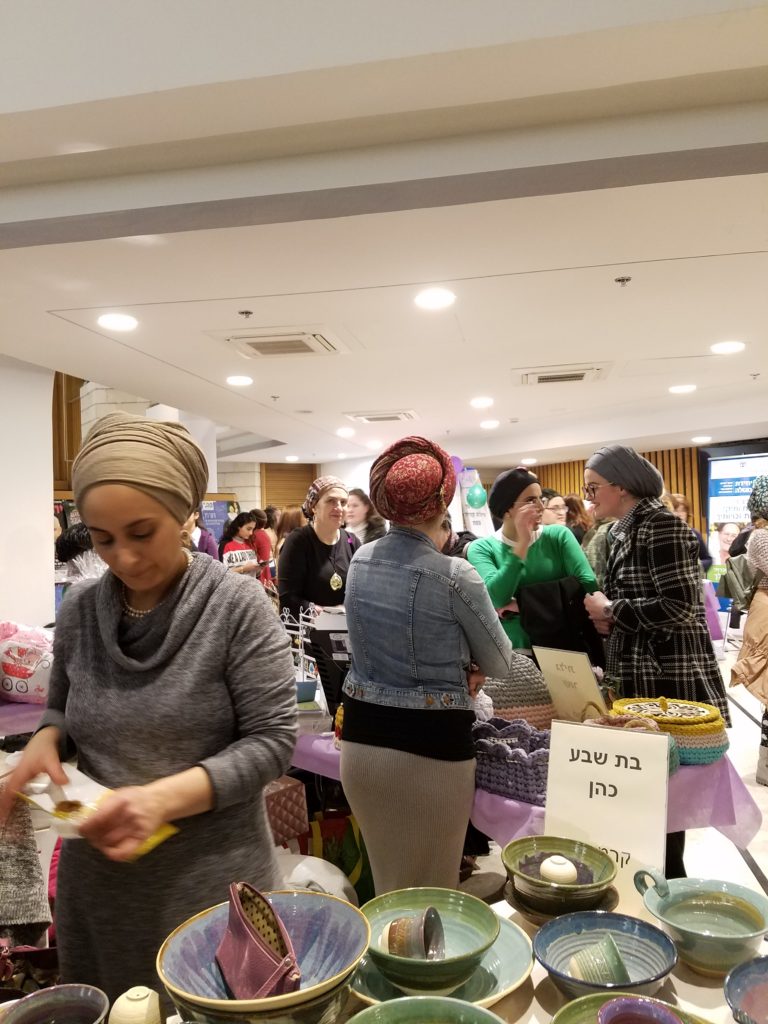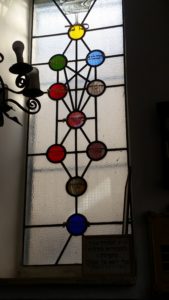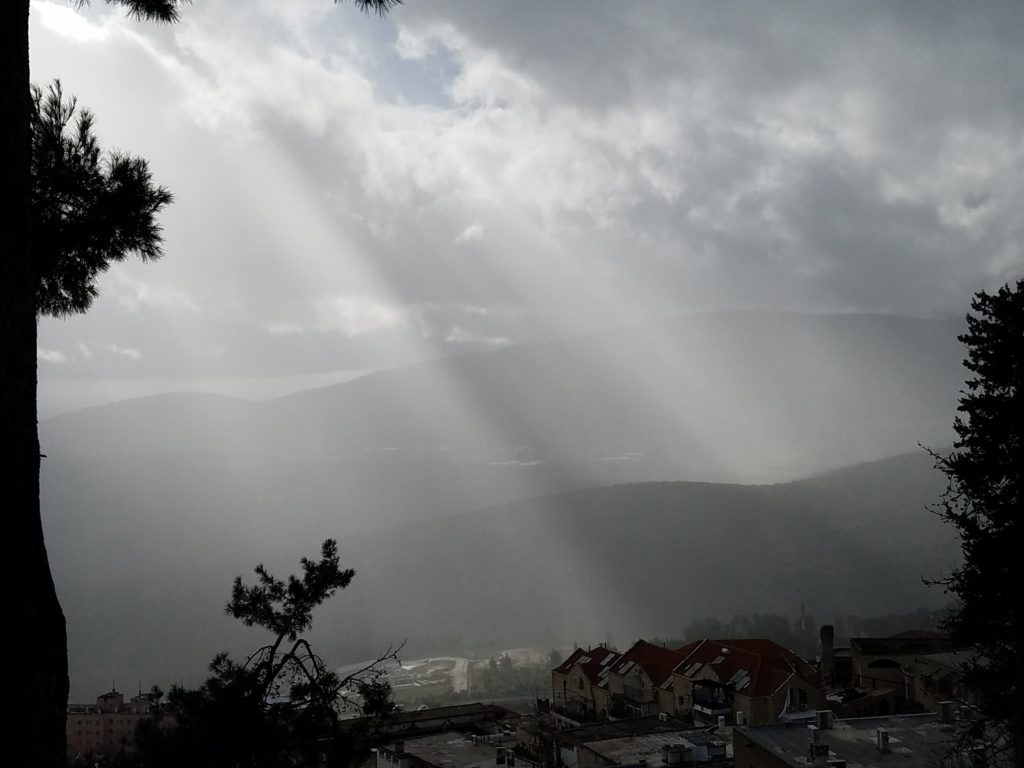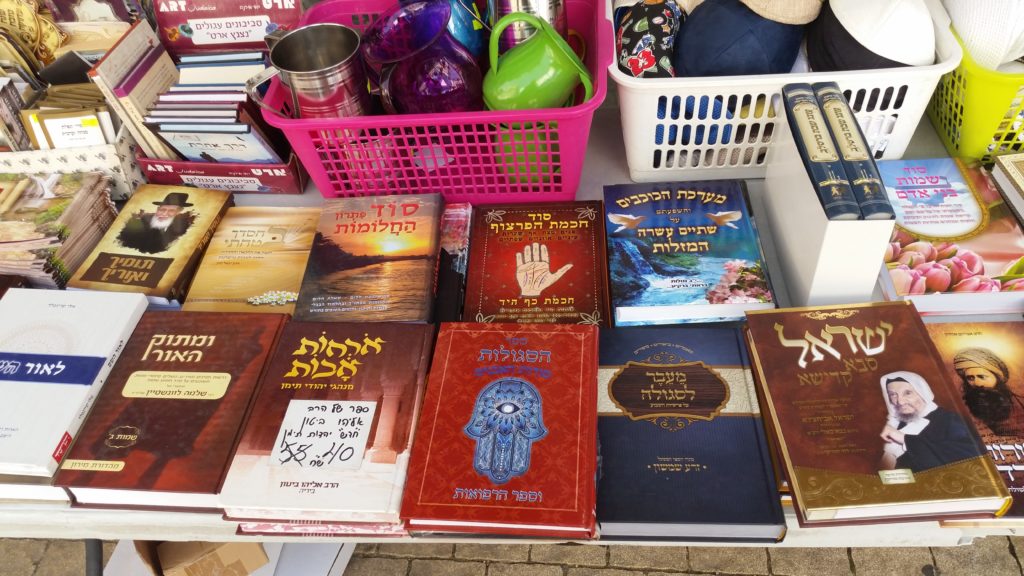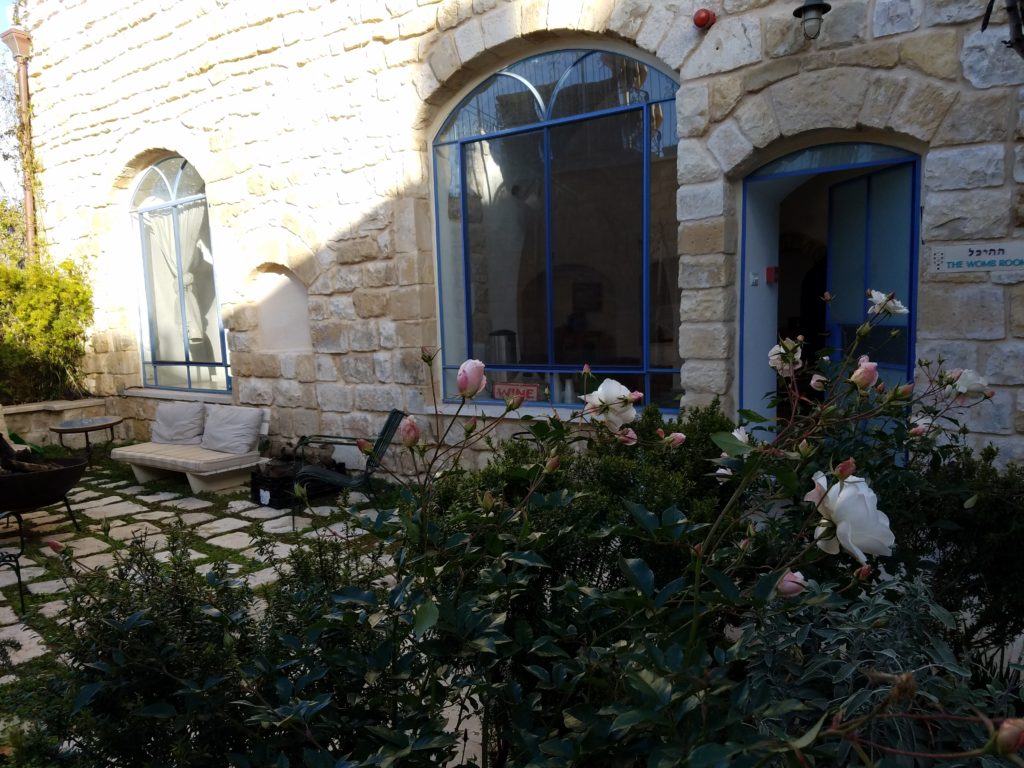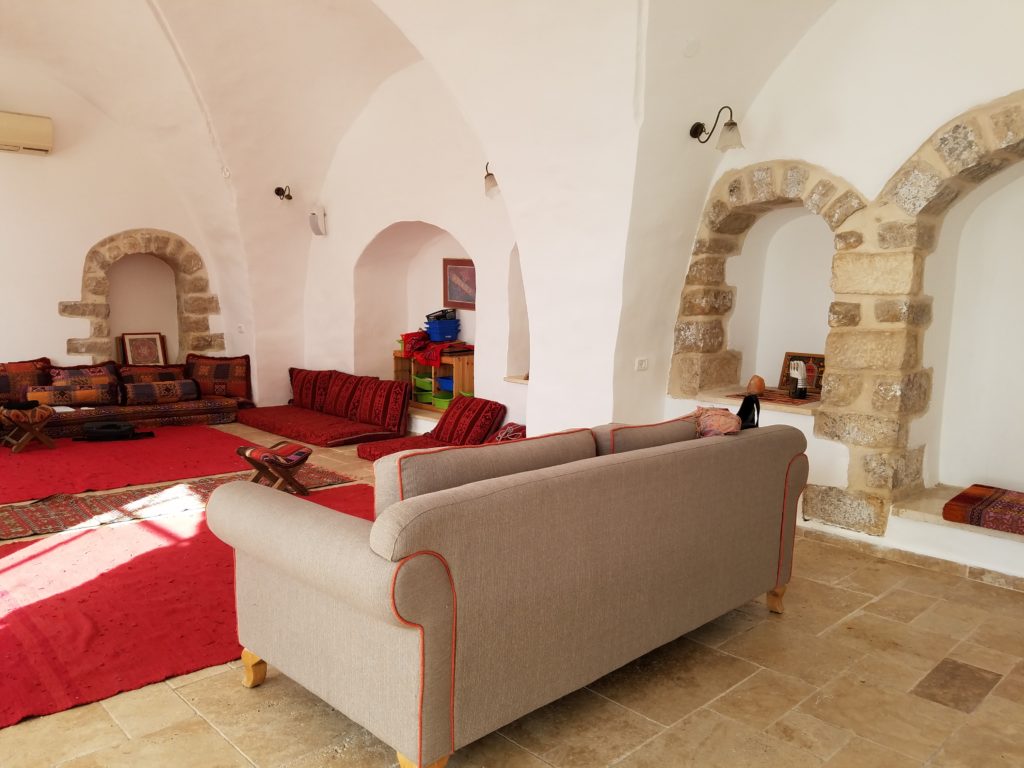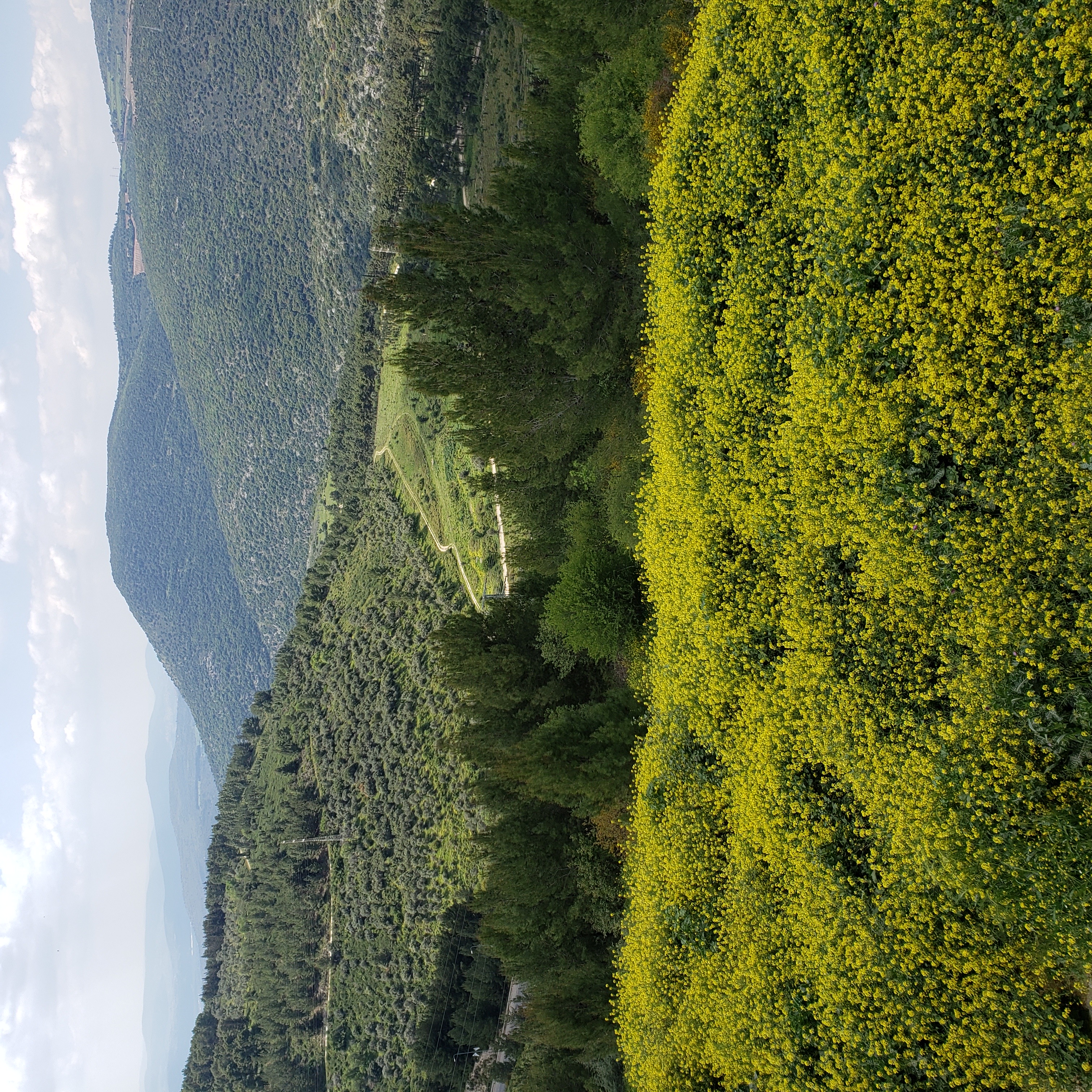
The Jewish Holiday of Passover is called in Jewish Liturgy “Zman Heruteinu” – “Time of Our Freedom”.
In Hebrew there are several words for Freedom, and their meaning is slightly different. There is a word “Hofesh”, that describes physical freedom, and is used in Torah in the description of the slave that goes free at the end of six years, accordingly to the Jewish Law. The word “Herut”, associated with Passover, is a different type of Freedom – freedom of spiritual nature, freedom of the soul that knows its truth and is not affected by external ideologies.
As pointed out by our Sages, there is a close connection between the word ‘Herut” as Freedom to the same word used in The Scripture in the description of giving of the Torah – the Word of G-d being engraved (“Herut”) on the Tablets. Another linguistic connection ( pointed out by the famous 12 century commentator Rashi) is that of “Herut” in its meaning of Engraving – being a synonym for another term for Engraving – “Hikuk” – which in its turn has the same root as “Hok” , which denotes a category of Divine Laws that have no rational explanation – a Mystery.
All these linguistic connotations bring out an idea of Divine truth being engraved, imprinted in the nature, and in our souls as well. Accordingly, the Freedom of Passover is a freedom to be attentive to this deep truth, which is imprinted on our souls, and which is the truth of the Torah. To be sure, the liberation from the slavery of Egypt was also a physical liberation, but the final goal was always a spiritual freedom, described by the word “Herut”.
Living in Israel, the week of Passover Is a Holiday week, and many people go to the nature reserves and parks. We too spent several days hiking on the mountain trails, and found it to be the best way to experience the harmony between the Divine Truth and Mystery engraved in the nature and that of our souls. During this week, you don’t even want to look at the world news, which always brings you back to all the falsehood…
Of course, the process of the inner liberation does not happen overnight, and not even in one week. In Jewish tradition, Passover is a starting point of the 50 days period, at the end of which we arrive to Shavuot – Holiday of giving of the Torah on Mount Sinai to the Jewish people. During these 50 days ( called days of “Sephirat Ha Omer”) we work on ourselves, peeling layer by layer everything that is un-authentic, anything related to foreign ideologies and influences, hoping that at the end of this cycle we’ll be truly free to receive Torah.
This is a period of introspection, and it brings memories of all the previous miracles of liberation in our life.
In my case, I experienced a celebration of Passover in Russia in mid-1980s, with more than 100 people having Passover Seder together in a small Moscow apartment, and miraculously there was enough room for everybody. Late into the night we talked about how Russia of that time period resembled Egypt, and we felt presence of G-d there during our Seder. It was a first experience of spiritual freedom, shaking off all the communist brainwashing I received in school and College. But it was only a beginning of the long transformation, which continued after I emigrated to the US, when it was still a relatively free country, and of which the logical result was our Alyah three years ago to the real home of Jewish people – the Land of Israel.
Now, watching the moral and cultural decline in America, we only can pray for the Jews not to be affected by it, and to have Divine assistance in finding a real freedom.

